Gear Tests: Vintage Systron-Donner Data Pulse Generator, Part 1
As recounted in the opening of I Dream of Wires (2014), Robert Fantinatto’s exceptional doc’s on modular synthesizers, before creating homemade synths, an electronic musician would save a modest fortune to acquire an oscillator, a small box with a big dial that enabled the user to output a woo-woo tone which could be recorded to tape, played back at different speeds, and re-recorded to tape again before it was bounced back & forth to create an amalgam of sounds or organized beats and tones.
Many of these test devices are still kicking around and still work, being constructed as precision gear to last for ages, and requiring periodic calibration to ensure they continued to output reference signals. They’re big, boxy, heavy, and have their own unique aesthetic that’s quite different than small, clinical contemporary digital units.
I opted to grab a data pulse generator, which is apparently a different animal, outputting electronic pulses rather than tones typical of an oscillator. There are no sine, sawtooth, square, step, or triangle pulses – just electro-beats which, when compressed into a tight stream, sound like tones if the pulses reach a certain frequency.
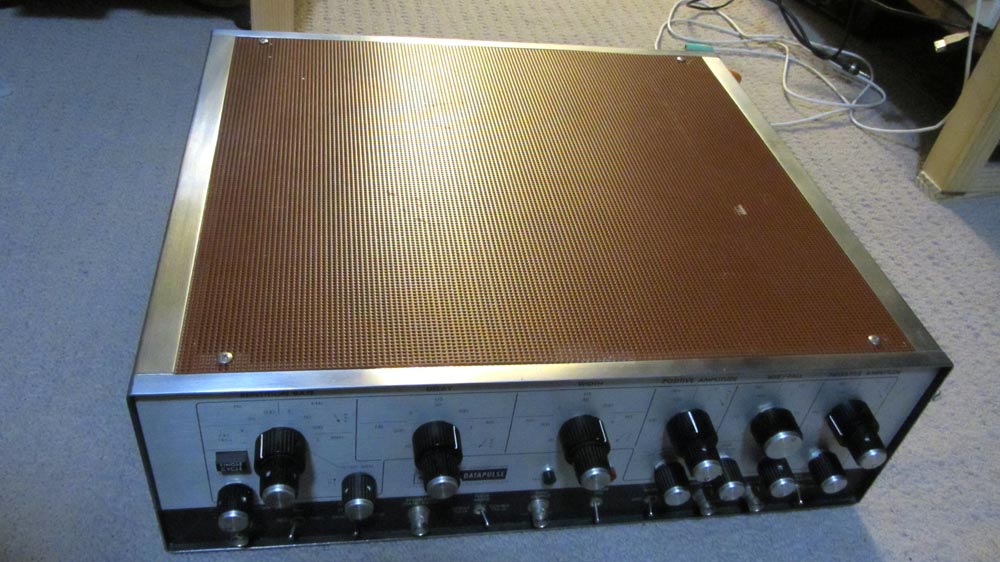
This is the first in a series of posts on the Systron-Donner 110B, which I’m starting off with a series of images, and the first conundrum people may face when they buy a unit: no power cord, and its somewhat unique plug.
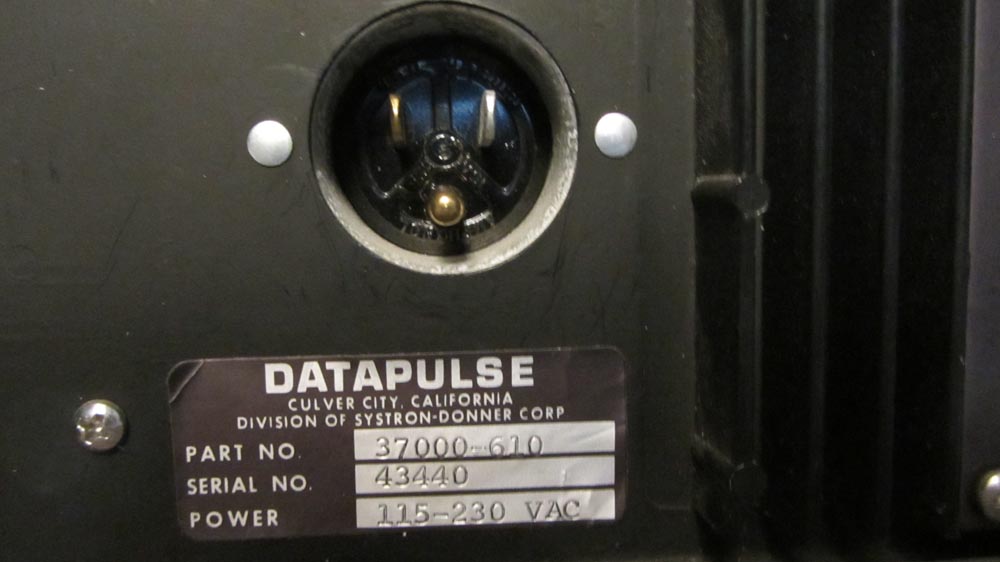
It’s a recessed circular 3-prong plug that’s not easy to find, but the idea of spending extra on something that’s not especially extraordinary is silly, so the solution is to find an extension plug that’s almost round, and slice off the two small corners of the outer housing so the plug fits snugly into the socket.
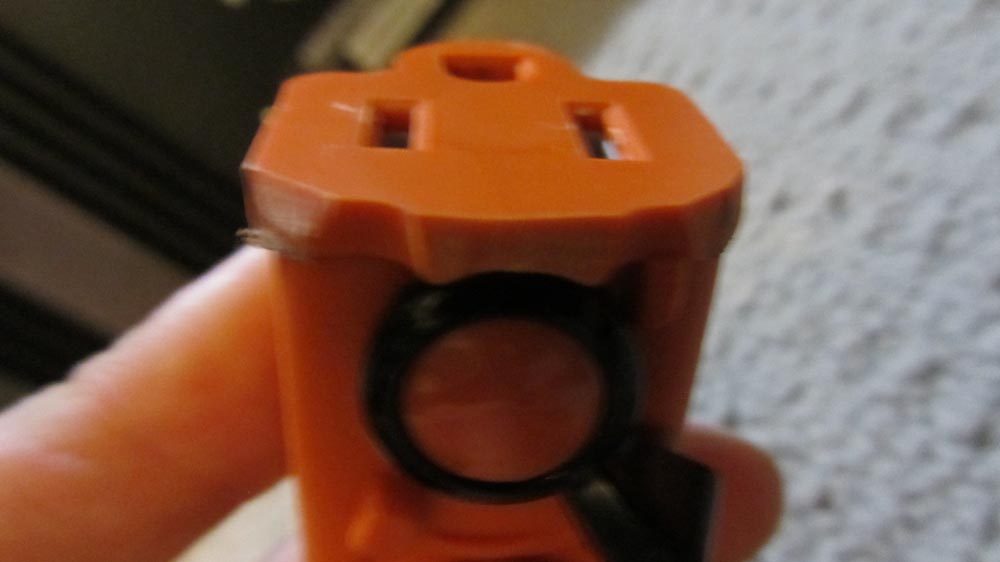

On this cable end, there’s a lever that locks the sockets tight so the teeth don’t slide out. When you insert the plug, you’ll have to shift the lever close to the middle to find the sweet spot where it goes fully in, and then turn the switch fully left to lock the cable in place.
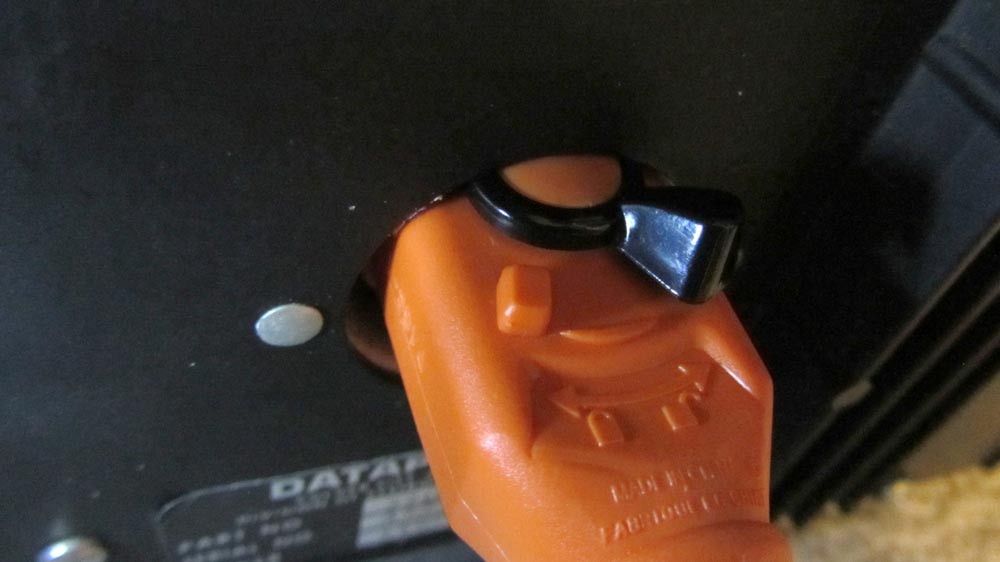

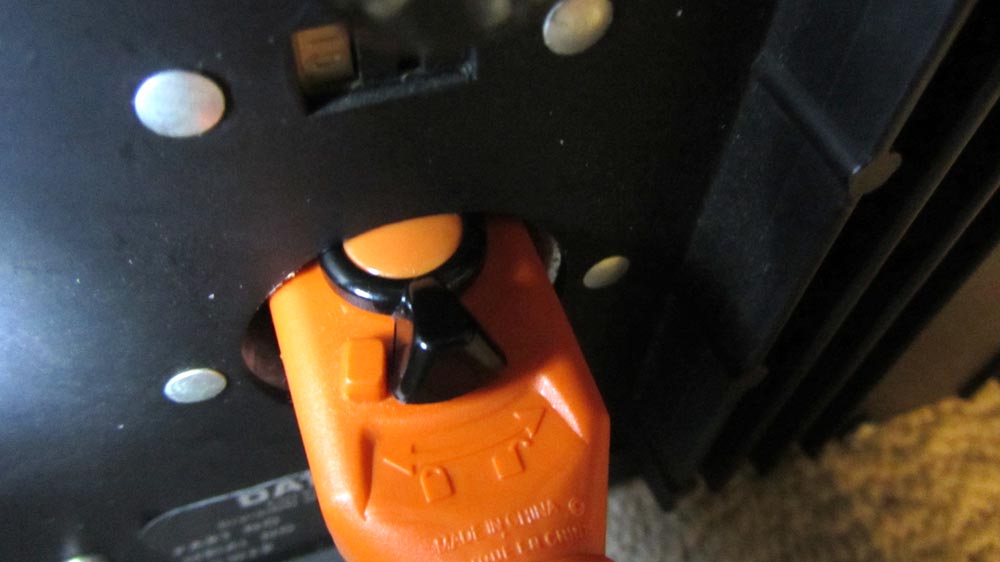
Once done, the unit’s ready to be slid onto a shelf. Most vintage gear like this is rack-size, and this one comes with a set of handles that pull out to enable lifting & sliding. (If a handle doesn’t come outward easily, use a flathead screwdriver to gently nudge the lever up, as there’s a set of rubber plugs under the handle that stop it from flopping outward.)
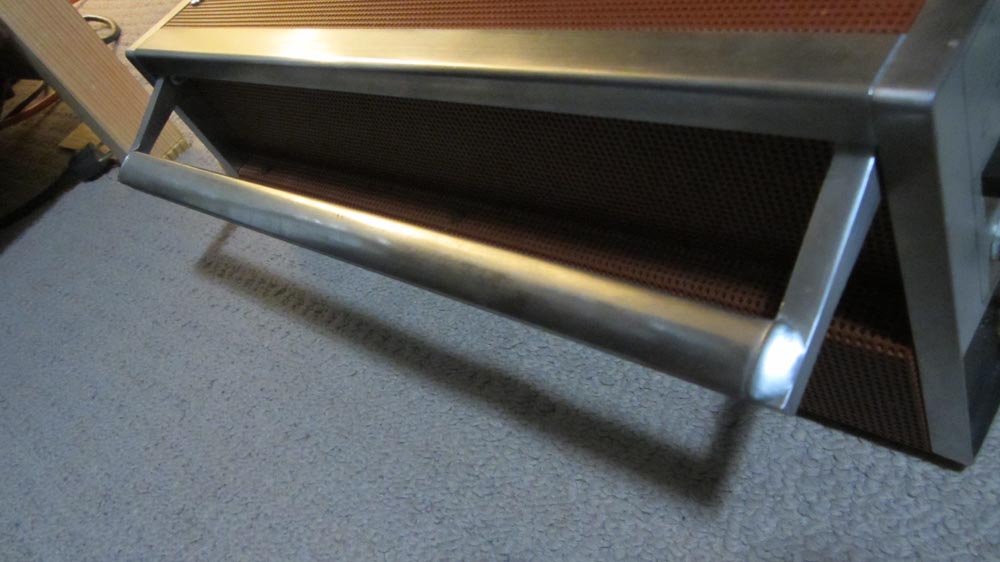
The underside also comes with a foldout kickstand that’s quite handy in angling the S-D for easy access if it’s been placed on a low shelf.
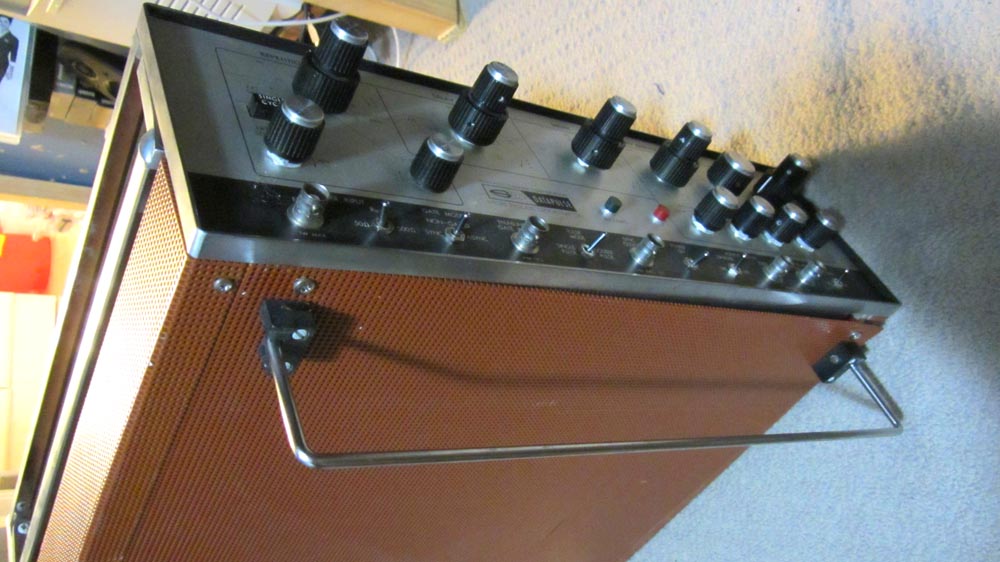

There are no connections on the rear, making it simple to see what you’ve connected up front, and make adjustments with the knobs & switches from the clean, organized main panel. S-D made several data pulse variants (some small, some more complex), but this unit allows for generating single and double pulses, and separate BNC outputs for positive & negative signals. Sonically there’s little difference, but on a ‘scope you’ll see the form inverted.
Coming next: two brief tests in which the pulses were sent through a video mixer and a series of intersecting lines and patterns were created live before the footage was dumped into Premiere for layering, cleaning, and rendering.


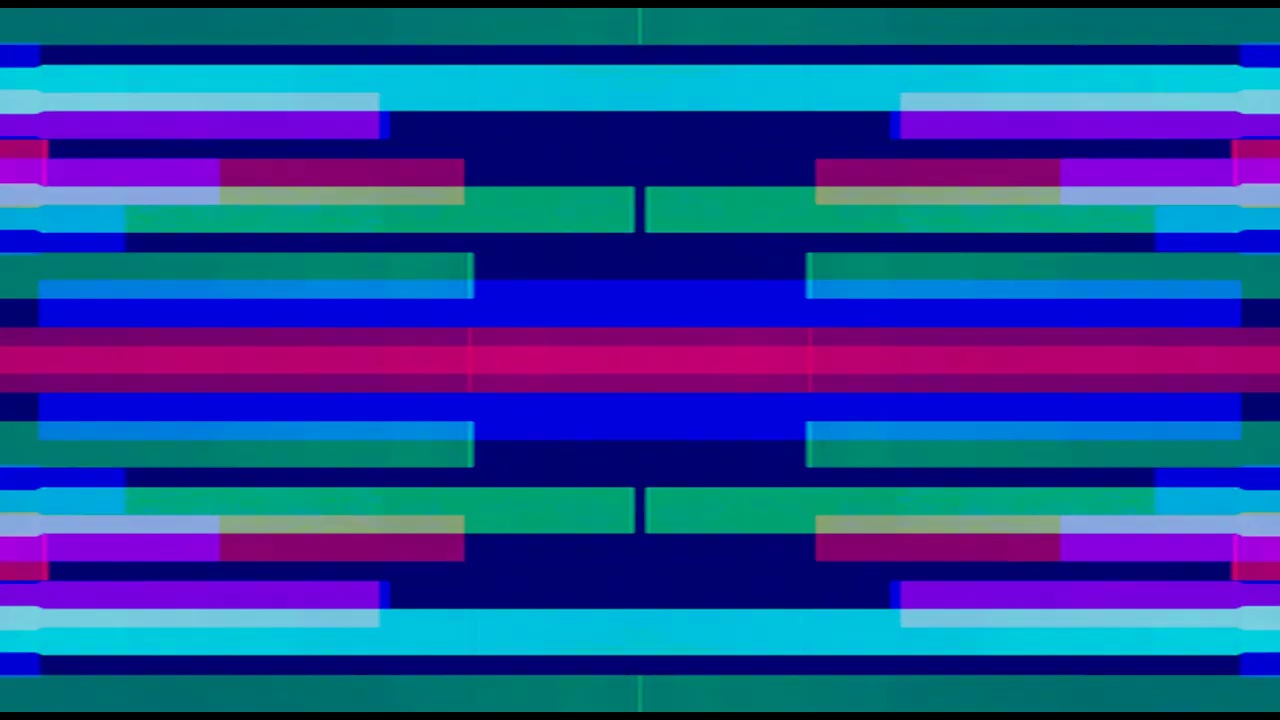
Thanks for reading,
Mark R. Hasan, Editor
Big Head Amusements
